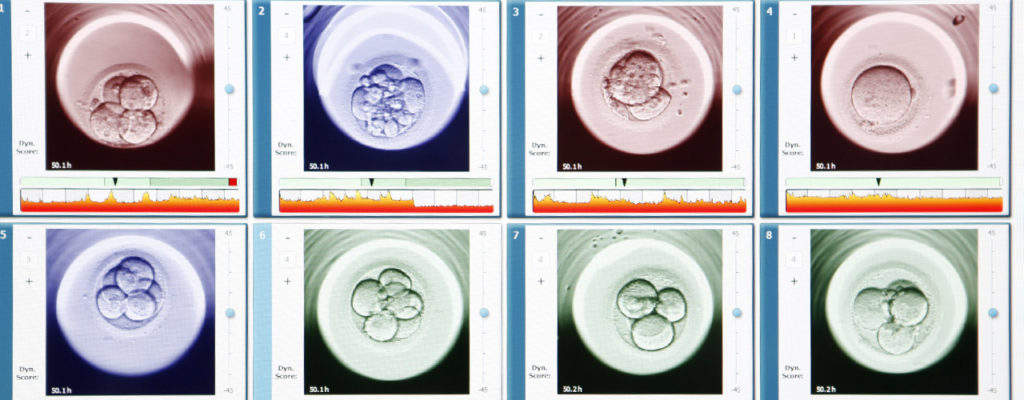
Racca A, Rodriguez I, Garcia S, Arroyo G, Polyzos NP.
Hum Reprod. 2024 Jun 6:deae104. DOI: 10.1093/humrep/deae104
Ovarian stimulation in both the follicular and luteal phases of the same cycle is an innovative strategy to retrieve more oocytes in a shorter time frame. This approach is therefore particularly attractive for patients with a poor ovarian response. The three current limitations of double stimulation are: it is unclear whether the outcomes of the second (luteal) wave are due to the second stimulation or to a carry-over effect from the previous follicular stimulation; the desynchronisation between the endometrium and the ovaries; and finally, the lack of robust evidence.
For this reason, a team of researchers from the Reproductive Medicine Department at Dexeus Mujer has conducted a randomised clinical trial, called DUOSTIM fresh, comparing two different ovarian stimulation protocols: a double stimulation cycle versus a single stimulation cycle followed by fresh embryo transfer.
The primary outcome was the number of good quality blastocysts obtained, while secondary outcomes included the results of fresh embryo transfer (clinical pregnancy, miscarriage). A total of 120 women participated in the study between October 2020 and October 2022.
In the end, 107 patients were analysed, with 53 in the research arm (DUOSTIM fresh) and 54 in the control arm (single stimulation). DUOSTIM fresh resulted in a significantly higher number of good quality blastocysts compared to single stimulation. Also, the mean percentage of cycles with embryo transfer was similar between the two groups (62.3% and 51.9% for double stimulation and single stimulation, respectively). No significant differences were found in clinical outcomes following fresh embryo transfer, with an ongoing pregnancy rate of 24.5% for DUOSTIM fresh versus 22.2% for conventional IVF.
Although DUOSTIM fresh did not increase clinical pregnancy rates, the higher number of good quality blastocysts produced after DUOSTIM makes it a valid strategy to consider in certain patient groups.
DEXEUS CAMPUS
Gran Vía de Carles III 71-75
08028 Barcelona
campus@dexeus.com
(+34) 93 227 47 09
® Copyright 2021-2025 Dexeus Mujer Foundation – Gran Via Carles III 71-75. 08028 Barcelona. Spain